Author of the original text: lesley@footprint.network
In the fiercely competitive Web3 gaming industry, success depends not only on the release of the game, but also on the high acumen during game operation to prepare for the next bull market.
Confidence in the gaming industry for 2024 is high. Doug McCracken, the marketing director of A16Z GAMES and GAMES FUND ONE, stated in a recent article that "many people in the market are discussing Disney's re-entry into the video game market, but I think a certain video game company will become the next Disney."
The thriving Web3 gaming industry places higher demands on operational professionals. In order to improve user retention, enhance user engagement, and prolong the lifecycle of gaming products, in-depth data analysis becomes crucial.
This article delves into the methods of Web3 gaming data analysis, providing valuable insights for game developers on analysis methods, tool exploration, and more.
Data Analysis Guide for Web3 Game Developers
With the market's recovery, the Web3 gaming market has shown promising development since December.
However, it must be recognized that the Web3 gaming industry is still in its early stages, with the number of active participants far behind that of the Web2 gaming community. All industry practitioners are actively exploring the sustainability and mass adoption of Web3 gaming.
In the early stages of a game, analyzing market segmentation, competitor data, and on-chain participation data is crucial. However, the real game-changer lies in mid-term customer acquisition. Developers should closely monitor user-related data, revenue metrics, and stay updated on industry developments.
Data Analysis Principles for Web3 Game Developers
Web3 game developers should note that precise data analysis is crucial for making informed decisions.
In Web3, a common approach to game development is to start with creative storytelling, attract high-quality early users, and then find ways to analyze user profiles and optimize the gaming experience to expand the user base. Developers need to conduct in-depth analysis through comprehensive data collection to break personal biases and reliance on experience, thus objectively driving game development.
Data dimensions that developers should focus on include monitoring user retention and churn to drive continuous game growth, identifying player engagement behavior patterns to design more appealing game mechanisms, and evaluating different revenue models to optimize game earnings.
User Data: Key to Success in the Gaming Market
"As one of the top three dApps, our success stems from a deep understanding of customer needs, precise positioning of acquisition channels, and ensuring that users have a good experience in our application, making them willing to continue using it."
— Wali Khan, Co-founder of Gamifly
In the Web3 gaming field, user-related data plays a crucial role, including user acquisition-related data and user profile analysis.
In the Web3 economic ecosystem, users are not only players but also creators and investors, key to the gaming economy's value. Active player participation is crucial for the sustainable development of the gaming ecosystem.
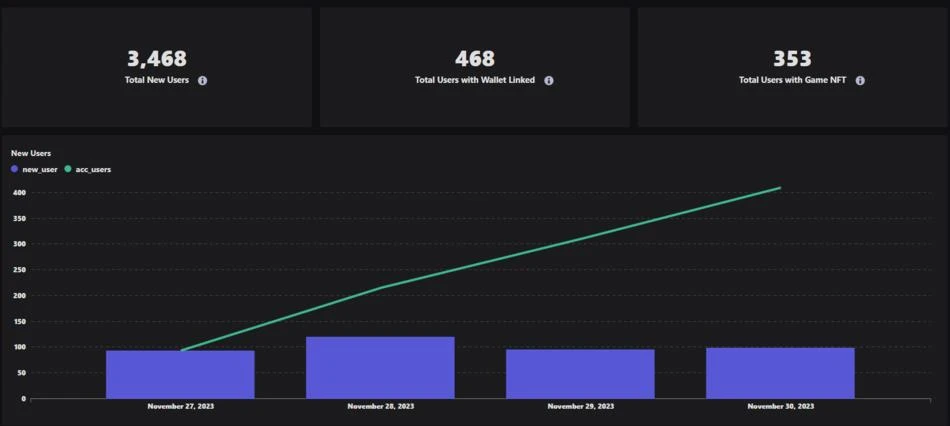
User-related data
"Understanding the source of new users is crucial for optimizing marketing strategies and effectively allocating resources," said Krish Jagirdar, Co-founder of Internet Game.
Game developers can explore high-value user behavior patterns through user data and typical user profiles. Additionally, re-engagement analysis of inactive users can help reduce churn and improve the overall health of the gaming ecosystem.
Active Data is the Cornerstone of Sustainable Game Development
"The success of Web3 games often depends on an active community. Monitoring community metrics helps measure the health of player interactions beyond the game itself."
— Krish Jagirdar, Co-founder of Internet Game
To ensure the continuous development of games, focusing on active user data is equally important as attracting new users. This is because active user data can reflect user acceptance of the game's playability or economic model, showing their willingness to invest time, energy, or even money for the game's enjoyment or rewards.
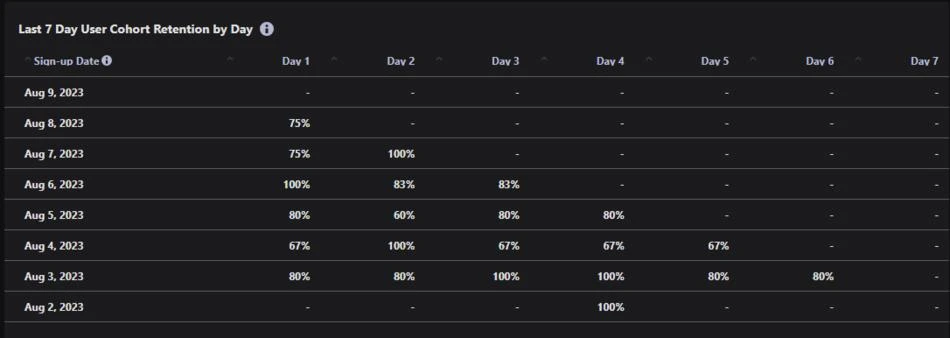
Seven-day user retention rate
In the Web3 gaming field, user retention rate is also a significant metric. In this attention-scarce field, the cost of attracting new users is high. Therefore, for project teams, efforts to retain existing users are more cost-effective. "Retention rate is an important metric in the current market, similar to Web2. High retention rates mean that users not only enjoy the game but also recognize its economic model, reflecting their acceptance of the game product," said Hoshino Sasaki, Community Ambassador of Outer.gg.
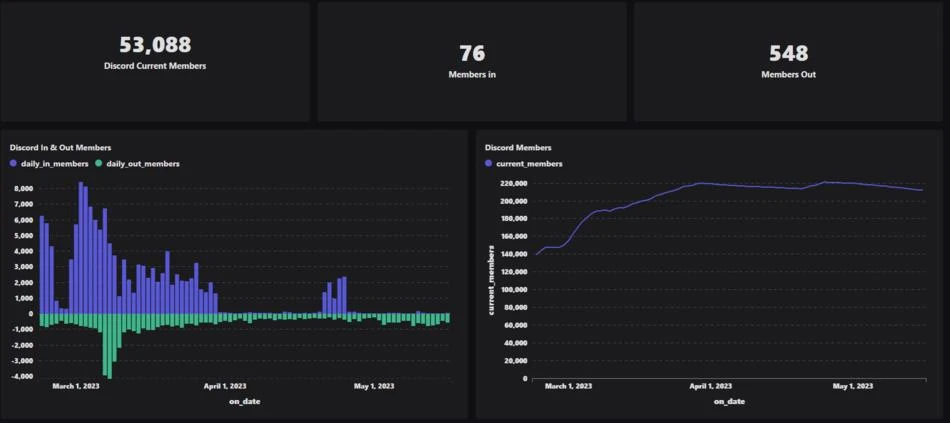
Community engagement data for Web3 games
Community engagement is also crucial in Web3. An active community represents a diverse group of individuals who actively participate in the gaming ecosystem. Participants in the gaming community typically include players, analysts, and community ambassadors. The official gaming community is the main channel for players to receive official announcements and interact with community members. Therefore, analyzing community data, such as trends in membership and community engagement, is crucial for game developers.
Currently, the main challenge is the inability to integrate Web2 and Web3 data for analysis, making it complex to analyze the entire user funnel. Footprint Growth Analytics can provide a comprehensive perspective on data analysis by connecting Web2 and Web3 data.
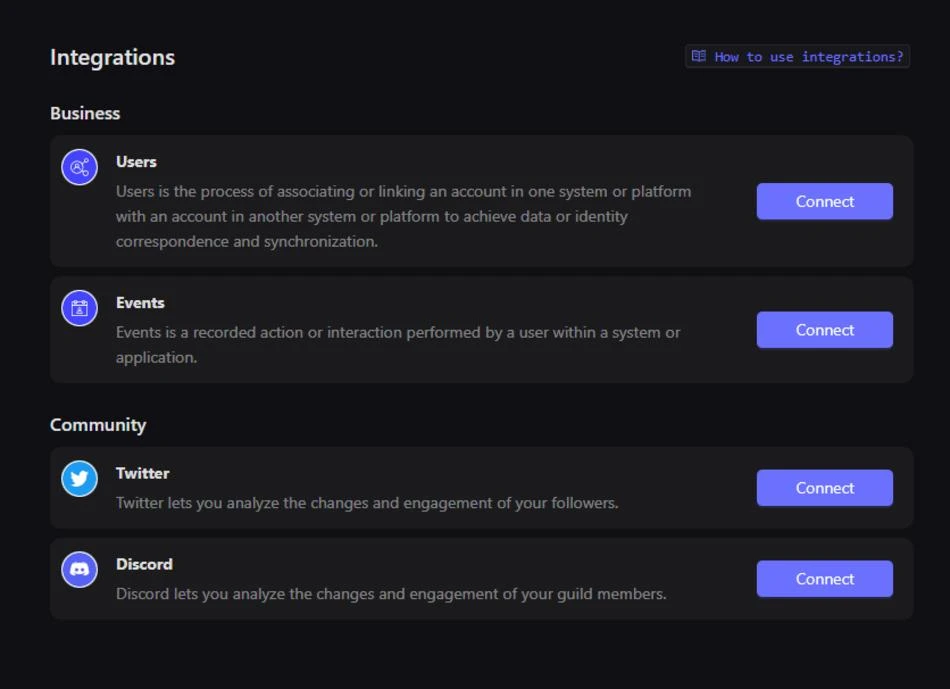
Integration of Web2 and Web3 data
Revenue data guides strategic decisions
"At this stage, Web3 still requires financial support. The willingness of the user community to invest in the game to some extent directly reflects the market share of the game project."
— Hoshino Sasaki, Community Ambassador of Outer.gg
Revenue data is extremely important in Web3 games. On one hand, team revenue is the cornerstone of project development. On the other hand, user revenue is crucial for retaining early users, especially in the rapidly growing Web3 gaming industry.
In the early stages of Web3 games, most developers first focus on building the game's economic model to attract more users through the "play-to-earn" model.
While the foundation of revenue lies in the design of the economic model, continuous revenue monitoring is equally important once the game is running stably. This allows developers to adjust game design in a timely manner to attract more users. Revenue levels and growth directly influence external investors' and the market's perception of the game's value.

NFT Revenue for Projects
Monitoring the value of blockchain games includes tracking the prices and circulation of NFTs and in-game tokens.
"In blockchain games, the success of NFTs is crucial. Monitoring NFT ownership, transaction data, and rarity metrics provides important data for users about the popularity and value of in-game assets," said Krish Jagirdar.
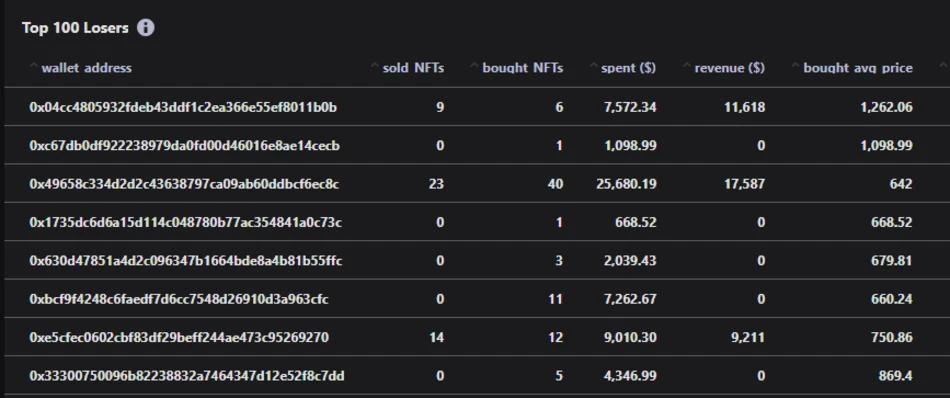
Top 100 Losses
Additionally, closely monitoring profitable and losing players in the market provides a profound perspective for analyzing the design of the game's reward system to meet user expectations and motivations. They are also important tools for identifying reasons for user churn, such as mismatched effort and reward, difficulty for new users to profit, profit erosion due to inflation, or speculation squeezing long-term investment.
Data Analysis Tools for Web3 Game Developers
Many games currently rely on simple Web2 tools to monitor game operations, including Google Analytics and SimilarWeb. Some larger companies, such as Gamifly, have started developing internal analytics solutions.
"I believe the Web3 data analytics tools industry is still in its early stages, and widespread adoption by game developers has not yet been achieved. I believe excellent game data analytics companies like Footprint Analytics will become more and more common over time," said Krish Jagirdar.
While using Web2 software may provide some basic data, they are far from sufficient in providing in-depth insights into the complex world of Web3 games. Additionally, for early-stage Web3 games, the complexity and cost of indexing Web3 data make developing internal analytics tools a major challenge.
However, we must realize that data analysis should not be a high barrier. Effectively using data analysis tools to strategically capture key on-chain and off-chain data can provide crucial support for decision-making and development of Web3 games in a constantly changing market.
Here are some tools commonly used by Web3 game developers.

Footprint Growth Analytics
Footprint Growth Analytics
Footprint Growth Analytics is the preferred analytics tool for Web3 game developers, providing comprehensive data from over 30 blockchains. The user-friendly website simplifies the data utilization process. Footprint offers comprehensive features such as asset performance, revenue analysis, wallet data, user exploration, and on-chain events, enabling game developers to easily gain valuable insights to optimize their projects. Footprint enables game developers to use data effortlessly, facilitate informed decision-making, and drive better survival of Web3 games in the ever-changing market.
Degame

Degame
DeGame is the world's largest NFT game aggregation platform, with over 4,000 blockchain game projects and 1,000+ game tokens and chains listed since its launch in 2021. DeGame has established partnerships with over 50 guilds and public chains, providing a one-stop platform for NFT game enthusiasts and developers. In 2023, DeGame launched the Contribution Proof platform, DeGame Community, a one-stop shop for global Web3 users to discover and play the most exciting new projects and games. Early developers, project ambassadors, KOLs, and community organizers can prove their contributions to projects and gain recognition through identity roles and rewards.
Galxe
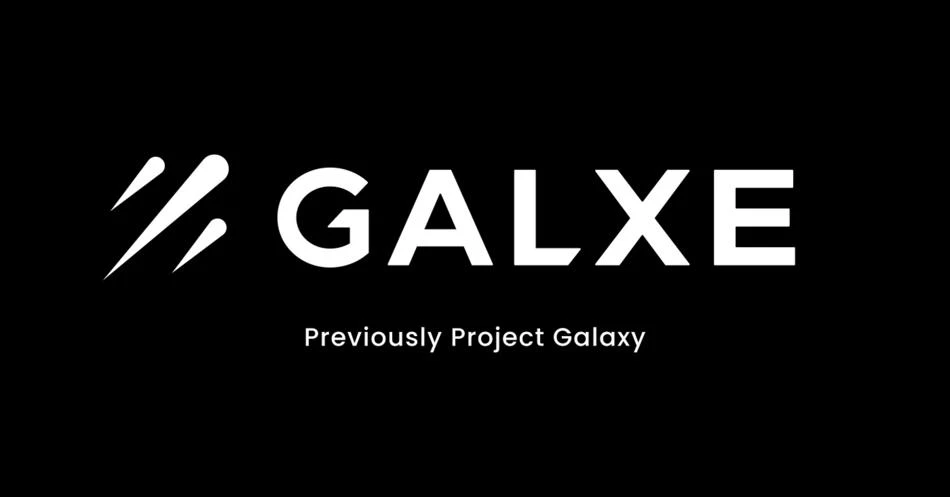
Galxe
Galxe is a mission platform designed to help game growth and address the customer acquisition challenges of Web3 games. The platform provides opportunities for games to publish tasks such as registering games, joining communities, and providing incentives. As a leading platform for building the Web3 community, Galxe has attracted over 14 million unique users and has driven growth for Optimism, Polygon, Arbitrum, and over 4,000 partners through a reward-based loyalty program.
Conclusion
Web3 games are still in the early stages of development. Although game data analysis still faces challenges such as data acquisition and processing, the importance of data analysis cannot be ignored.
Data analysis should not be a burden for developers but rather a powerful tool to enhance the core competitiveness of projects. Developers should have a data-driven mindset and seek professional data analysis services to promote the continuous growth of their projects.
Furthermore, the entire Web3 data industry should strive to break down data barriers and collaborate to create better infrastructure. In doing so, data can play a crucial role in driving the prosperity and development of the Web3 gaming industry.
Footprint Analytics is a blockchain data solutions provider. With cutting-edge artificial intelligence technology, we offer the first no-code data analysis platform in the Crypto field and a unified data API, allowing users to quickly retrieve NFT, Game, and wallet address fund flow tracking data from over 30 public chain ecosystems.
Product Highlights
Data API for developers
Footprint Growth Analytics (FGA) for GameFi projects
Batch download feature for big data Batch download
All datasets provided by Footprint
Follow our Twitter (Footprint_Data) for more product updates.
免责声明:本文章仅代表作者个人观点,不代表本平台的立场和观点。本文章仅供信息分享,不构成对任何人的任何投资建议。用户与作者之间的任何争议,与本平台无关。如网页中刊载的文章或图片涉及侵权,请提供相关的权利证明和身份证明发送邮件到support@aicoin.com,本平台相关工作人员将会进行核查。




